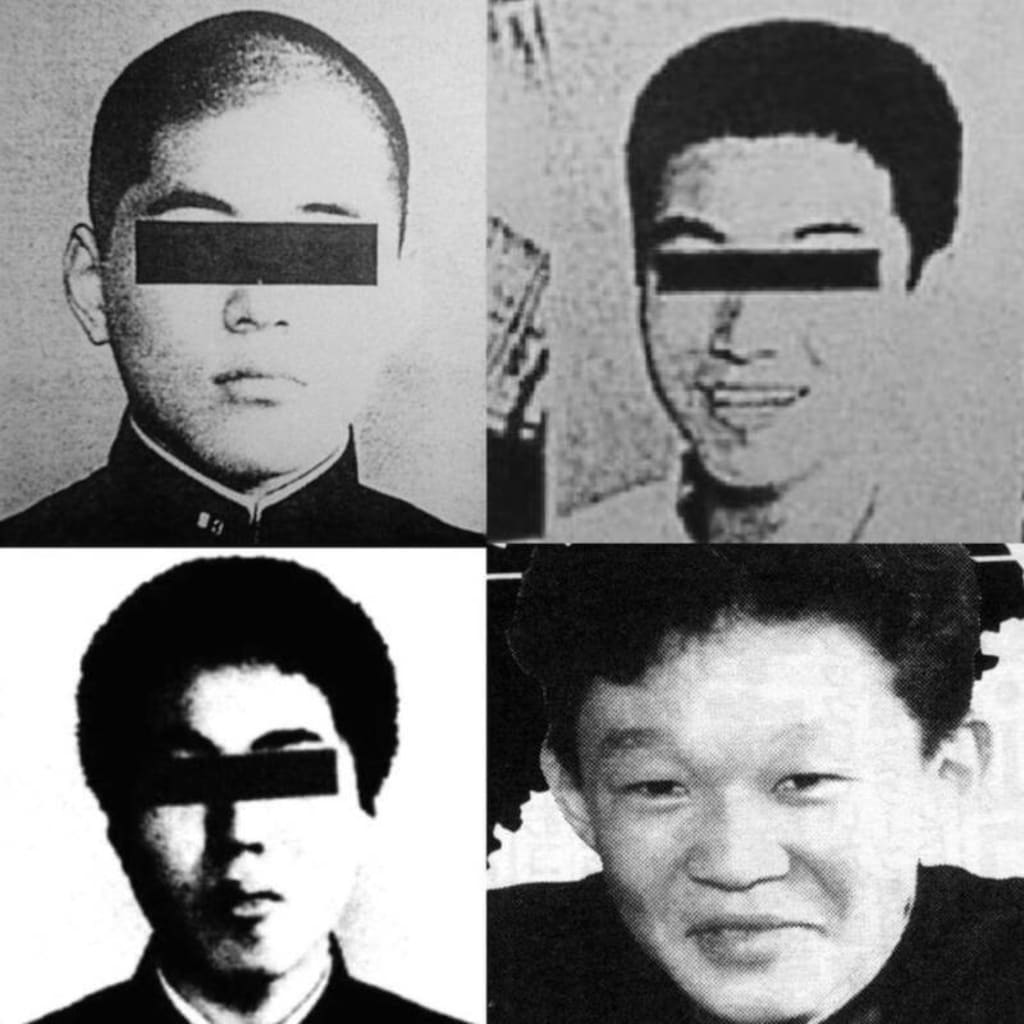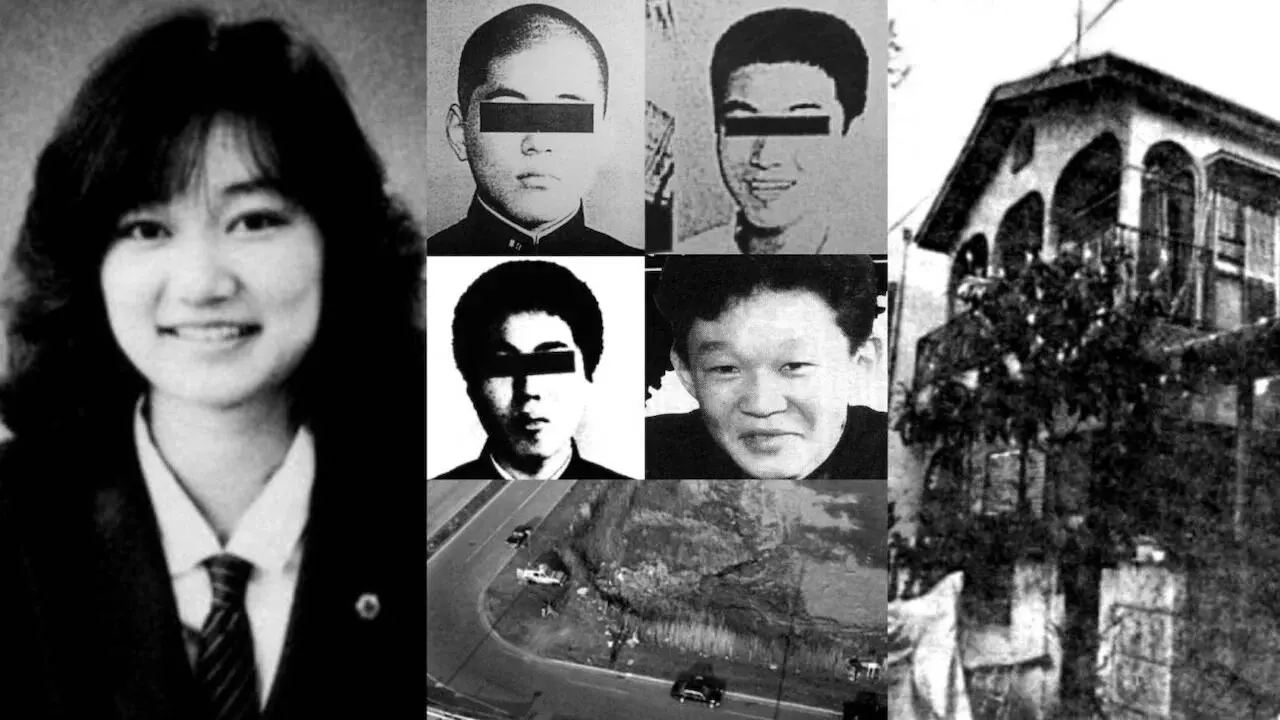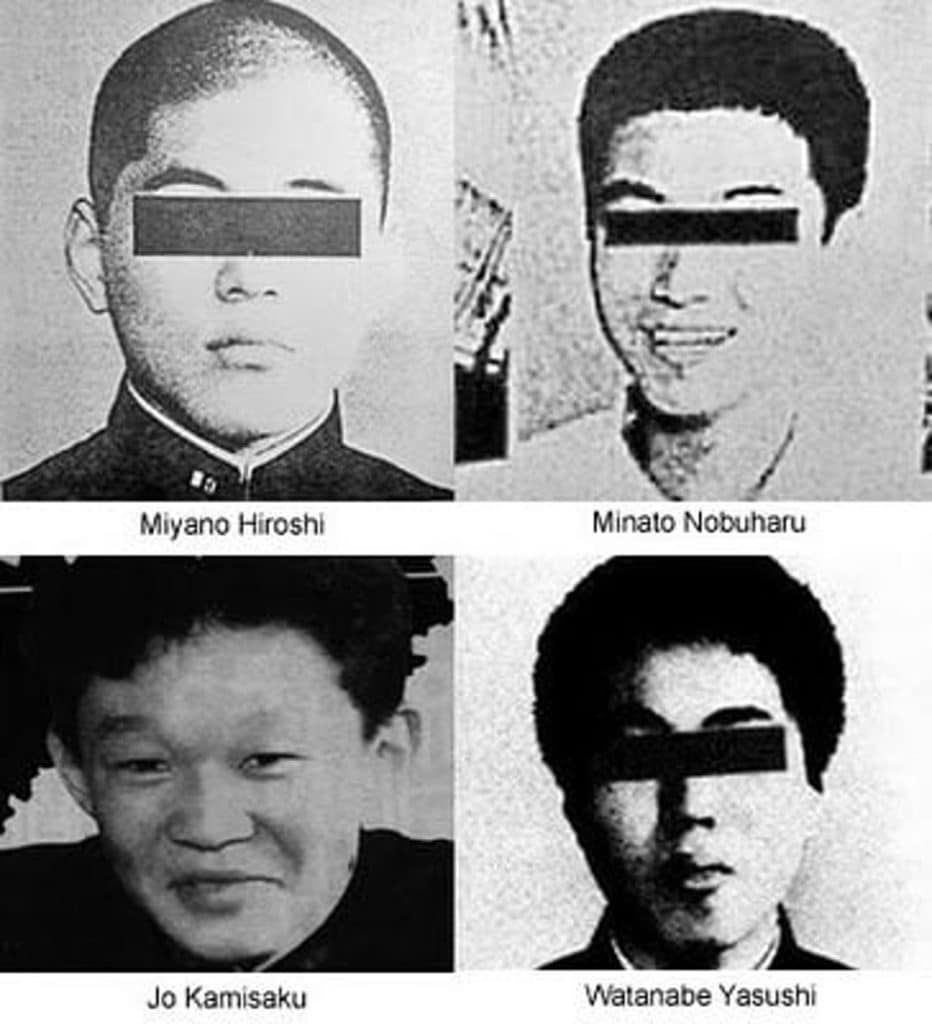Where do the shadows of a monstrous crime lead, and what fates befell those who cast them? The brutal abduction, torture, and murder of Junko Furuta in Japan remains a chilling testament to human depravity, and the question of the perpetrators' whereabouts continues to haunt the public consciousness.
The events, which unfolded in 1988, in the Ayase area of Adachi Ward, Tokyo, were a descent into unimaginable horror. Junko Furuta, a Japanese high school student, was kidnapped and held captive for over forty days. During this time, she was subjected to horrific acts of physical and sexual violence by a group of teenagers. The cruelty inflicted upon her was so extreme that it has etched itself into the annals of Japanese criminal history as one of the most heinous crimes ever committed.
The ringleader of this heinous crime was Hiroshi Miyano, who was only 18 at the time. His confidence, fueled by a perceived immunity from the law, emboldened him and his accomplices. Jo Ogura, 17, Shinji Minato, 16, and Yasushi Watanabe, 17, were also deeply involved in the atrocities. Their actions sent shockwaves through Japan, and the details of the case continue to elicit outrage and sorrow.
- Mike Lindell The Rise And Controversies Of The Pillow King
- Conor Mcgregor Height In Feet The Definitive Guide
| Perpetrator | Age at the Time of Crime | Sentence | Current Status (as of 2024) | Additional Notes |
|---|---|---|---|---|
| Hiroshi Miyano | 18 | 20 years | Released around 2009. Reportedly living a lavish lifestyle. Charged with fraud in 2013. | Unofficial leader of the group. Believed he was above the law. |
| Jo Ogura | 17 | 5-10 years | Released. | Captured on April 1, 1989, based on her fingerprints. |
| Shinji Minato | 16 | 5-9 years | Released. | |
| Yasushi Watanabe | 17 | 5-7 years | Released. | Reportedly the leader of the group and involved in prior criminal activities. |
Source: Wikipedia: Murder of Junko Furuta
The investigation into Junko Furuta's disappearance and eventual murder was a grim process. Police, led by the clues left at the crime scene, meticulously pieced together the events. The discovery of her body was a pivotal moment, leading to the capture of the perpetrators. The identification of Junko through her fingerprints was a crucial breakthrough, leading to the arrests of Jo Ogura on April 1, 1989, and subsequently, the other individuals involved.
The aftermath of the trial left many feeling dissatisfied. Despite the severity of the crimes, the sentences handed down were surprisingly lenient. The perpetrators, due to their ages and other factors, received sentences that, in the eyes of many, did not adequately reflect the gravity of their actions. Hiroshi Miyano, the ringleader, received a sentence of 20 years. Jo Ogura received between five to ten years. Shinji Minato was sentenced to five to nine years, and Yasushi Watanabe received a sentence of five to seven years.
- Vincent Herberts New Wife A Deep Dive Into Their Relationship
- Discovering Ree Drummonds Husband A Closer Look At Their Life Together
The area near where Junko Furuta's body was found has since been developed into Wakasu Park, a stark reminder of the tragedy that occurred. Her principal from her school, recognizing the importance of her academic pursuits, presented her parents with a high school diploma at her graduation, a bittersweet gesture in the face of profound loss.
The question of where Junko Furuta's killers are now is one that continues to be asked. While the specifics of their current lives are difficult to ascertain due to privacy concerns and the passage of time, some details have emerged. Hiroshi Miyano was released from prison around 2009. He reportedly attempted to change his name to Yokoyama to lead a normal life, a move that was ultimately unsuccessful as his true identity was eventually revealed. In 2013, he was arrested on suspicion of fraud, further indicating a continued descent into criminal activity.
The case of Junko Furuta is a grim illustration of the devastating impact of violence and the enduring consequences of criminal actions. The details of her abduction, prolonged torture, and ultimately, her murder, continue to shock and horrify. The lenient sentences the perpetrators received raised significant questions about justice and the Japanese legal system at the time.
The story is a stark reminder of the fragility of life and the enduring capacity for human cruelty. The four teenagers involved in the crime kept Junko captive for over forty days, subjecting her to unspeakable acts. The psychological trauma inflicted on the family of Junko Furuta, as well as the community at large, is immeasurable.
The legal proceedings that followed were complicated by the young age of the perpetrators. Their defense attempted to mitigate their culpability by highlighting their immaturity and the influence of the group dynamic. However, the brutality of their actions was undeniable. The details of the abuse, the physical and sexual violence, were laid bare in court, leaving those present in a state of shock and revulsion.
The case also exposed the complexities of the Japanese justice system, particularly its approach to juvenile crime. The sentences given were far less severe than many in the public felt were appropriate, leading to a debate about the balance between rehabilitation and punishment. This case highlighted the limitations of the existing legal framework.
The legacy of Junko Furuta is one of tragedy and injustice. The area around her body was transformed into a park to serve as a memorial. The event brought attention to the need for changes in the Japanese legal system, and particularly to improve the treatment of victims of crimes.
The actions of the perpetrators Hiroshi Miyano, Jo Ogura, Shinji Minato, and Yasushi Watanabe will forever be a stain on their lives and the history of crime in Japan. The events continue to raise moral and ethical questions about the nature of evil, the role of society in preventing such crimes, and the responsibilities of individuals.
The case serves as a sobering reminder of the capacity for evil that exists within the human heart and the importance of striving to protect the vulnerable in our society. The story of Junko Furuta, the victim of unspeakable acts, will forever be remembered as a testament to her resilience and the enduring strength of the human spirit.
While those responsible served their time and were eventually released, the wounds of this tragedy are still raw. The case of Junko Furuta serves as a brutal reminder of the need for vigilance against violence and the importance of safeguarding the innocent and vulnerable. It remains one of the most harrowing stories in modern criminal history, capturing global attention due to its brutality and the lingering questions it raises about justice, forgiveness, and the lasting impact of criminal actions.
The story also serves as a reminder of the importance of the family and community in supporting those who have suffered the loss of a loved one. The pain of the family members of Junko Furuta remains, a testament to the enduring power of grief and the difficult journey toward healing.
- Shannon Spake Relationship A Deep Dive Into Her Personal Life
- Does Annie Potts Have Children Exploring The Family Life Of The Beloved Actress


